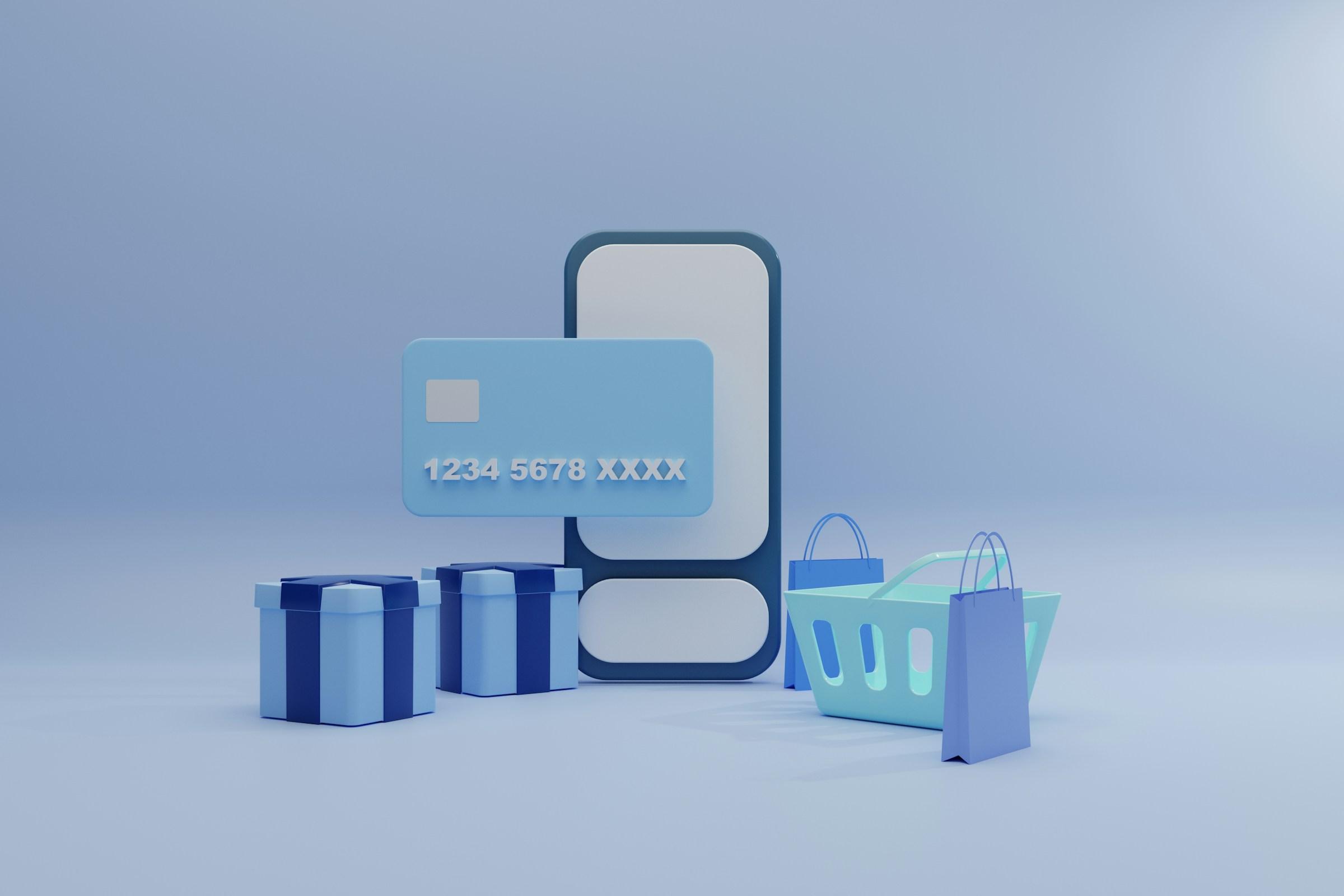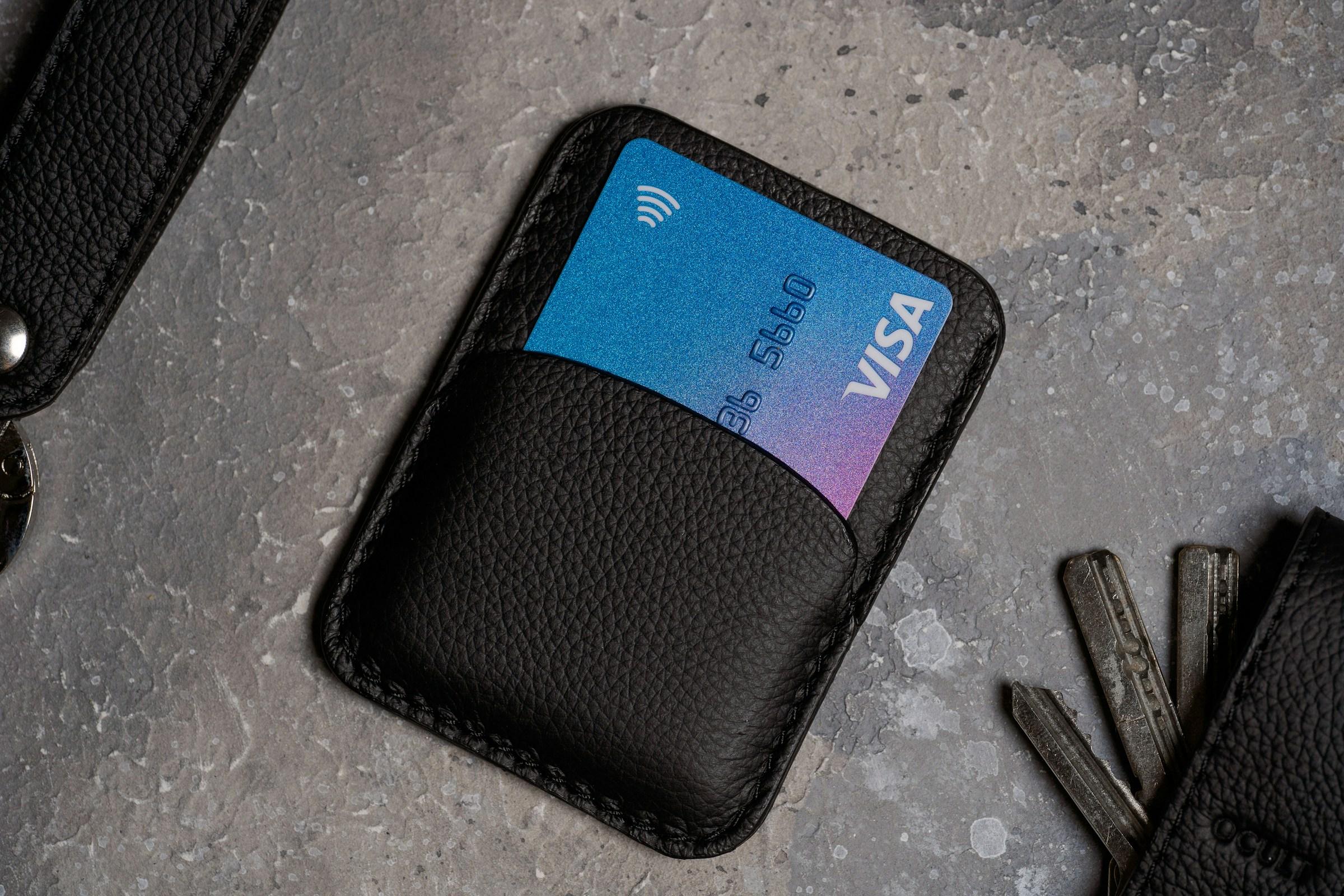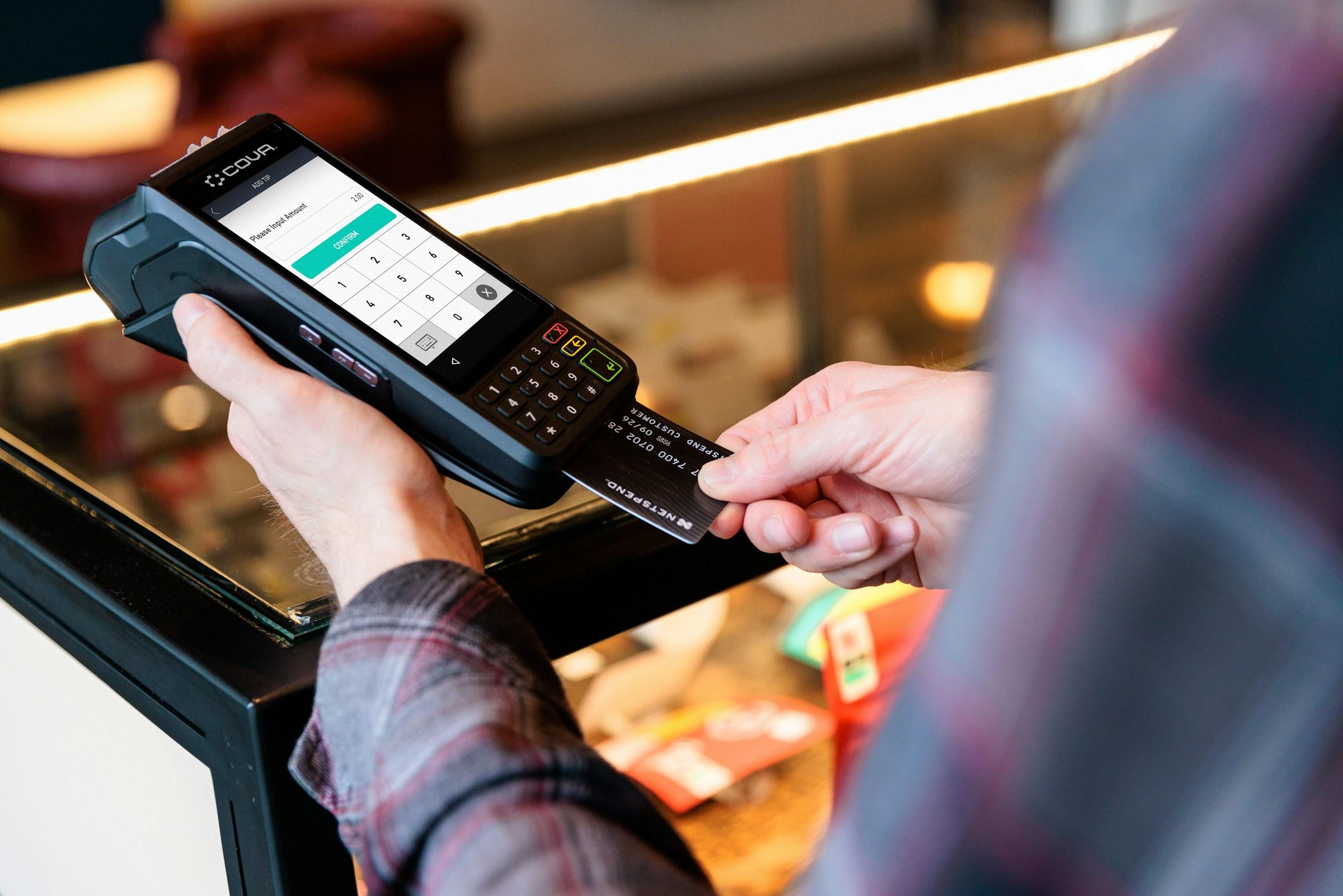Buy now, pay later has become a standard checkout option across fashion, electronics, travel, and even healthcare. What began as a niche payment alternative now sits beside credit cards and debit cards as a mainstream choice. The appeal is simple. You can split a purchase into several installments, often without interest, and you get the item immediately. For many households and small business owners, the question is no longer whether this exists, but whether it provides real value. As a public finance explainer, the aim here is not to cheerlead a product. It is to show where the utility sits, what the rules usually are, and how to think about this tool in the context of your cash flow and your local consumer protections.
The first benefit is predictable cash flow smoothing. Traditional credit lines revolve around a balance that can grow or shrink, with interest compounding if you pay less than the statement amount. By contrast, a typical buy now, pay later plan fixes the total amount at checkout, sets the number of installments, and presents a repayment calendar in advance. You know how many payments remain, when they are due, and what the final cost will be if you pay on time. That structure can help salaried workers align payments with pay cycles and it can help gig workers who prefer smaller, scheduled outflows rather than one large debit that collides with a quiet week of earnings. The predictability matters most during months with seasonal spikes, such as back to school or year end holidays, when budgets stretch even for careful planners.
The second benefit is interest savings on short term purchases. Many buy now, pay later plans offer zero interest if you clear the installments on the original schedule. For a consumer who would otherwise use a revolving credit card and fail to pay the full statement, this can reduce borrowing cost. The comparison is not between zero and zero. It is between an interest free schedule that ends within a few weeks and a card balance with an annualized rate applied to any carried amount. The savings are not automatic. They depend on timely payments and the absence of late fees. Still, for a user who treats the plan like a short term instalment loan and who pays on time, the math can be favorable compared with revolving credit.
The third benefit is fee transparency at checkout. Many shoppers do not see a credit card’s full cost when they make a purchase. The card statement arrives later, and interest appears only if the balance is carried. Buy now, pay later, when designed well, surfaces the repayment plan before you commit. You can view total cost, the amount per installment, and the exact dates. For users who value the ability to decide now rather than decode a statement later, this front loaded disclosure reduces mental load. It also allows a direct comparison with other payment choices at the same screen.
A fourth benefit is soft credit access for thin files. Not every user has a mature credit history. Younger workers, new migrants, and gig workers often fail traditional underwriting when they apply for a credit card or a personal loan. Some buy now, pay later providers use alternative data and small ticket limits to approve entry level plans. For low value purchases that fit within a safe budget, this can offer a bridge into formal credit usage. If repayments are reported to credit bureaus, it can deepen the user’s file over time. Reporting practices vary by provider and jurisdiction. The principle remains. A well designed plan can help a user build payment history in manageable steps rather than through a single large product that invites overextension.
The fifth benefit is built in budgeting cues. The format encourages shoppers to think in installment blocks rather than a single lump sum. For some, that framing can promote better decision making. Seeing a purchase as four payments on the fifteenth of each month forces a check against upcoming commitments such as rent, utilities, childcare, or loan repayments. Many apps also include reminders, calendar integrations, and payment pausing tools for unexpected income gaps. These features convert a passive bill into an active plan. When used with discipline, they function like training wheels for cash flow management.
A sixth benefit is merchant side perks that pass through to the buyer. Merchants pay a fee to offer buy now, pay later because it can increase conversion and reduce cart abandonment. In return, providers often add buyer friendly policies around returns, dispute resolution, and shipment tracking. If a return is initiated, the plan can pause or reverse future installments automatically, which means the buyer is not out of pocket for weeks while waiting for a refund. With credit cards, the user may carry the charge until the dispute clears. With a good buy now, pay later integration, the administrative load shifts to the provider and the merchant, and the buyer’s cash stays closer to the schedule of the actual goods movement.
A seventh benefit is the cap on exposure per transaction. Because limits are set per purchase or per plan rather than as a large open line, the risk of runaway balances can be lower in daily life. A user can still stack multiple plans and end up with too many obligations, but the design starts smaller. For families who have struggled with open ended credit limits, this constraint is not a bug. It is a feature. The ceiling is visible at checkout, and the discipline of discrete plans can help households avoid the blur that often comes with a large revolving limit.
The eighth benefit is optionality in a rising rate environment. When the cost of revolving credit rises with macro conditions, short dated, interest free instalments become more attractive. Households that carry occasional balances on credit cards feel the pressure when policy rates move up. The ability to route a predictable mid sized purchase through a plan that does not add interest can stabilize the monthly budget without forcing a delay in essential spending like school supplies, transport passes, or work tools. This does not turn wants into needs, but it does provide a rational path for time sensitive purchases that can be funded over one to three pay cycles.
Regional policy context adds another layer to the benefits. In Singapore, for example, industry codes and guidance have pushed providers to adopt affordability checks, caps on late fees, and clear disclosures. When providers follow conduct standards, the benefits described above are more likely to reach users in full. In the Gulf, consumer protection frameworks are evolving alongside rapid digital payments adoption. Where regulators require transparent fee schedules, strong identity verification, and proportionate limits for first time users, the product’s advantages retain their shape. The headline value of buy now, pay later often lives or dies by these administrative choices. The same tool that helps a household can harm one if late fees stack without warning, or if repayment nudges are unclear.
There is a related benefit around financial inclusion when schemes integrate with national identity or e wallet ecosystems. Where identity verification is reliable, onboarding can be quick without sacrificing security. Where e wallets are widely used, instalments can be collected automatically with user consent, which reduces missed payments due to expired cards or forgotten transfers. These infrastructural touches matter. They do not show up in the marketing copy, but they decide whether the plan feels like a smooth utility or a fragile workaround.
For small businesses and sole proprietors, buy now, pay later can function as a micro working capital buffer for equipment or inventory, especially when the alternative is an overdraft with a variable rate. A photographer who needs a lens for a booked job, or a home baker who needs a new mixer, may prefer a fixed schedule that ends in three months over a revolving facility that lingers. The key is alignment between the asset’s useful life and the instalment period. If the tool generates income immediately, a short plan that ends before the next quarter can match cash inflows with outflows while avoiding longer term debt.
Consumer protection benefits also show up through the dispute process. Many providers position themselves as an additional layer of review if a product is faulty, not delivered, or misdescribed. Rather than negotiating alone with a merchant, the user can escalate within the app and rely on the provider to withhold future instalments while facts are reviewed. This does not guarantee a favourable outcome. It does provide a structure that can be faster than traditional card chargebacks in certain categories, especially fast fashion and direct to consumer electronics, where disputes are common. When the system works, the buyer’s risk of paying for an item that never arrives is reduced.
There is an often missed benefit linked to behavioural design. Because buy now, pay later apps anchor purchases inside a dedicated environment, users can see all active plans in one view. This single pane visibility can curb overspending. It is easier to say no to an extra gadget when an app screen shows three ongoing plans closing out over the next six weeks. With cards, the effect is less immediate, since the balance sits on a statement that may be reviewed only once a month. Better visibility is not a cure all, but it is a practical nudge toward restraint.
For households that plan together, instalment visibility offers another advantage. A couple can coordinate larger purchases by checking active plans and upcoming dates before adding a new one. That coordination reduces accidental overlaps that strain the account right before mortgage deductions or school fees. In this sense, buy now, pay later acts like a shared calendar for cash flow. The value shows up not as a discount, but as fewer surprises.
Travel and healthcare use cases highlight two more benefits. In travel, instalments can protect cash cushions while bookings sit months ahead of the trip date. The plan finishes well before departure, so there is no balance lingering during the holiday itself. In healthcare, where costs are often unavoidable and time sensitive, interest free plans spread the impact of dental, optical, or outpatient bills without resorting to longer term financing. These are specific contexts, but they illustrate a broader idea. When a purchase is essential, time limited, and of moderate size, a short instalment plan can be a tool that preserves stability elsewhere in the budget.
None of these benefits remove the need for caution. The structure works best when users treat buy now, pay later as a cash flow tool, not as extra capacity to expand lifestyle spending. The advantage also relies on the quality of the provider. Look for clear late fee caps, flexible rescheduling for first time issues, and visible repayment calendars. Check whether repayments are reported to credit bureaus, and whether early repayment is allowed without penalties. In jurisdictions with active consumer protection, providers that meet conduct standards deliver far more of the upside with far less friction.
It is useful to compare the benefits with familiar alternatives. Compared with a credit card paid in full every month, buy now, pay later is not necessarily cheaper. The cardholder who clears balances consistently earns rewards and enjoys interest free periods already. The value of buy now, pay later appears when a full payoff is unlikely in a given month, or when the user prefers fixed instalments over flexible but risky balances. Compared with personal loans, buy now, pay later is faster to access and shorter in duration, which suits smaller purchases. Loans still make sense for larger, planned expenses where a longer term and a lower rate per dollar borrowed are appropriate. The point is not to replace every tool. It is to match the tool to the job.
For policy watchers, the rise of buy now, pay later signals a broader shift in retail finance. Consumers want clarity at the moment of purchase, not after. They prefer controls that reflect how they live and earn, with reminders, pauses, and calendars that speak the language of everyday life. Regulators who focus on disclosure, affordability checks, and fair late fee practices strengthen the parts of the model that deliver genuine public benefit. Providers who design with outcomes in mind can make instalments a stable part of the retail payments mix rather than a passing trend.
So where does this leave the everyday user who is considering the option at checkout. The benefits are real when you know your timeline, when the plan is short, and when the provider’s fees are capped and visible. The benefits also accumulate when you use one plan at a time rather than stacking several, and when you allow the visibility features to guide your next decision. If you already pay your credit card in full and value rewards, the extra utility may be small. If you sometimes carry a balance and prefer certainty over flexibility, buy now, pay later can be a sensible bridge that keeps your budget steady without pushing you into long term debt.
The simplest way to hold the idea is this. Buy now, pay later is a planning tool. Its best version turns a single large debit into a few small, scheduled debits at no extra cost. Its worst version hides fees and turns a simple purchase into a chain of penalties. The benefits are not a promise. They are a potential that is unlocked by design and by the way you use it. In markets that enforce good conduct and in households that align plans with pay cycles, the advantages show up quietly. Less interest paid. Fewer statement surprises. Cleaner calendars. More room for the rest of life to proceed without budget noise.
Finally, a short word on habit formation. If you decide to use buy now, pay later, treat the first three months as a trial. Keep limits modest. Review the app’s calendar weekly. Clear each plan a week early if you can. Watch how the rest of your spending behaves when instalments are present. If you feel more in control and you are paying less in interest than before, the benefits are working as designed. If you feel stretched or you are tempted to add non essential purchases because the installments look small, step back. A tool that does not fit your context is not a failure. It is a signal to adjust. The strength of this product is that you can adjust without long term lock in.
In summary, the benefits of buy now, pay later cluster around predictable cash flow, interest savings for short term needs, up front transparency, inclusive access for thin files, and helpful budgeting cues. They grow stronger in markets with clear consumer protections and in households that use the tool with intention. Use it where it aligns with your pay cycle and your priorities. Skip it where it feels like permission to spend more. The value is not in the label. It is in the way the plan supports your financial rhythm.





.jpg&w=3840&q=75)
.jpg&w=3840&q=75)
.jpg&w=3840&q=75)
.jpg&w=3840&q=75)





